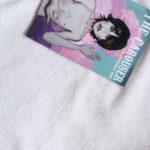How To Do A 60s Beehive
June 19, 2019
 Previous post
The Carouser Magazine
Previous post
The Carouser Magazine



